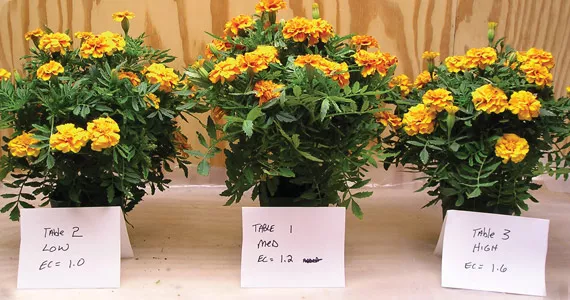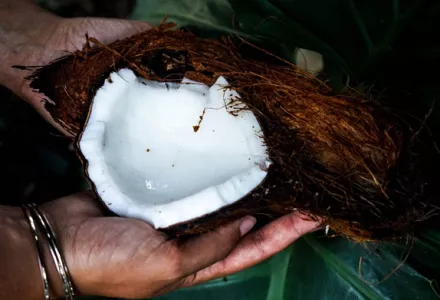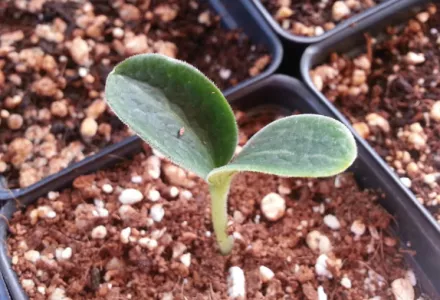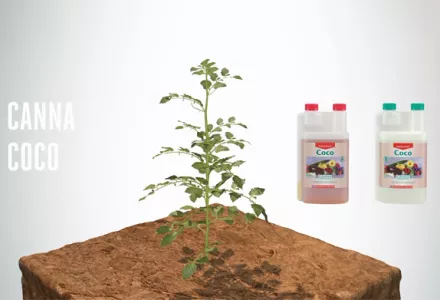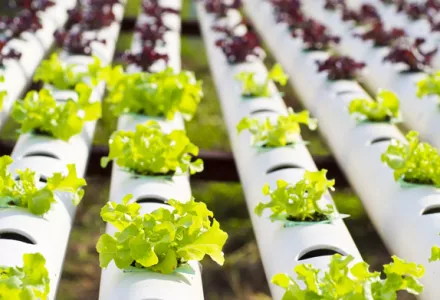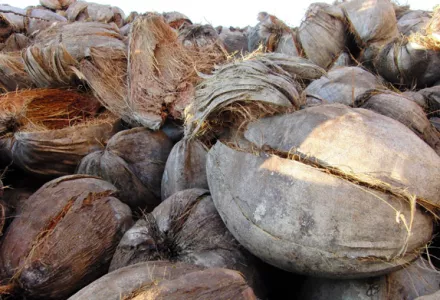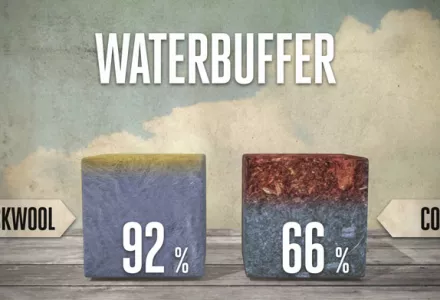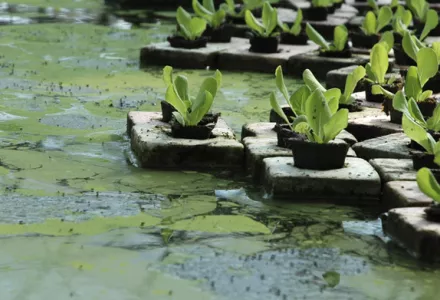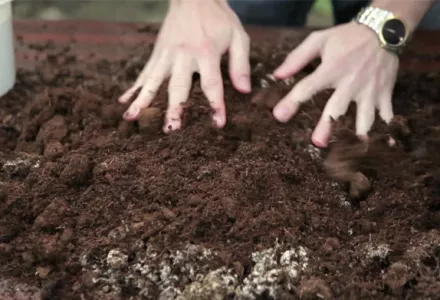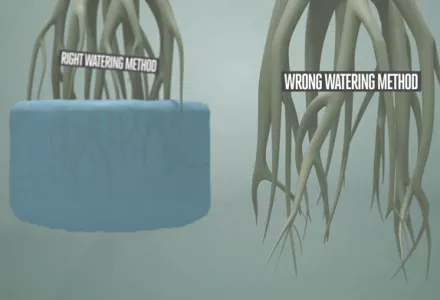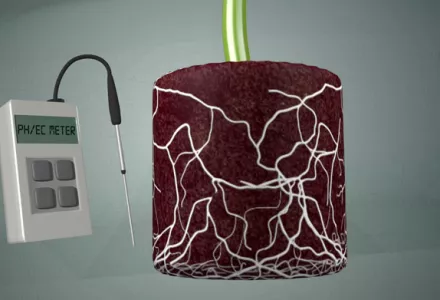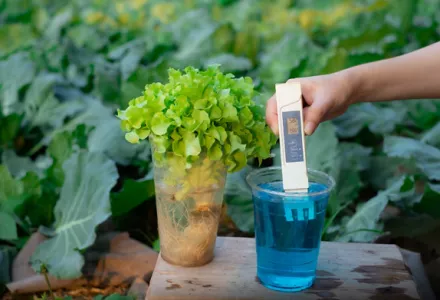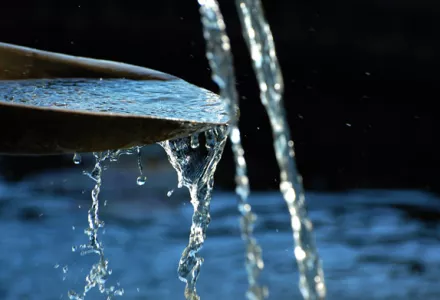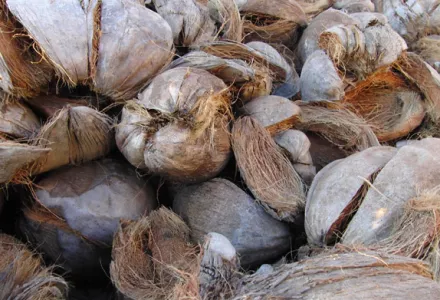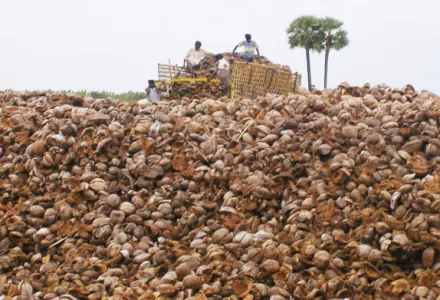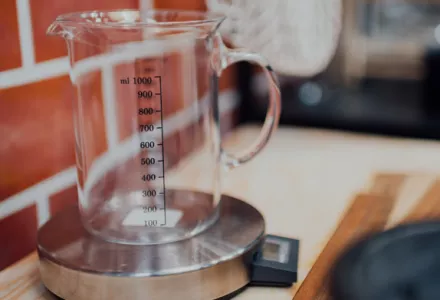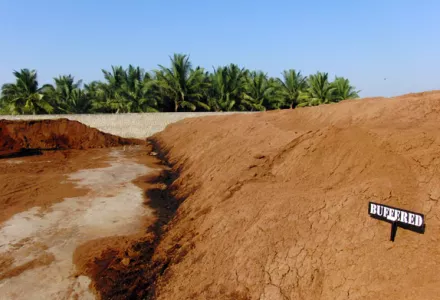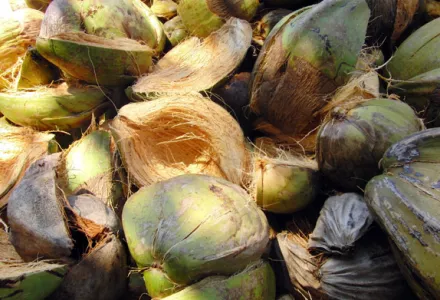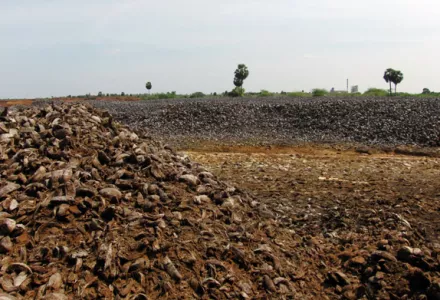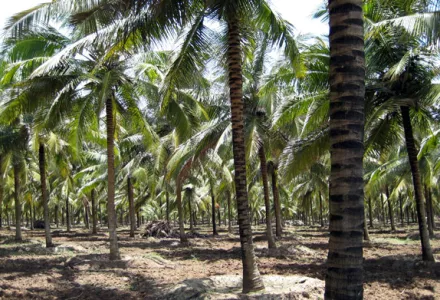In my travels and correspondence around the world, I find there is much confusion about the use of coconut husk litter, after ageing commonly known as coco peat or mulch, in crop production. I was first made aware of the product as a potential additive to mineral soil or peat lite mixes in the early 1980’s.
The thinking then was that it had too many issues to use as a straight mix but it did produce some interesting auxiliary results when used as a fraction in a potting mix, or as a soil amendment to improve soil structure. It was first introduced to the Royal Botanical Society in 1862 and initially proved to be successful but dropped out of favour because of the inherent issues with coco peat. Now it has exploded into the scene in all manner of applications from fractional to complete; but what are we dealing with and why has there been such a delay in its acceptance into the general market?
First of all, the physical characteristics of coco are unique because the physical and chemical characteristics change dramatically over time. Green or newly harvested mulch is actually the dust and broken fibres obtained by removing the fibres from the husk of a coconut. At this stage the fibres are not usable. After several months of decomposition, the substance begins to acquire some usable characteristics such as better moisture retention, the amount of potassium and other salts released slows to a reasonable level, and the structure remains intact. In this state, there is a fairly short period that the coco peat is usable in container plant production.
Ideally, the coco peat has to go degenerate further to actually work with the plant correctly, but by then much of the structure is lost and the usable time in situ is severely shortened. While later stages of coco degradation are very acceptable as a soil amendment, it is not suitable as a sole growing medium. However, the structural problems are just a small part of the issue.
Coconut palms and the utilization of seawater
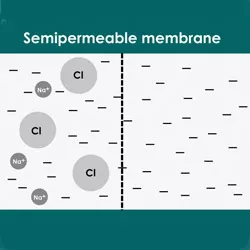
concentration.
The availability of the nutrients present is affected on a changing scale along with continuing decomposition. Coconut palms have the rare ability to utilize seawater solution as its source of water. Seawater has a high EC, or Electrical Conductivity, which is a measure of how concentrated the salt level is. Plant cells cannot survive in water with the salt concentration of seawater. For water to move into the roots of a plant, it has to overcome the Osmotic Potential of the membranes the water molecules pass.
Water moves from an area of low EC to an area of higher EC in an attempt to balance out or achieve equilibrium; where a semi-permeable membrane isolates the two solutions, only certain elements or molecules can cross, typically a water molecule or smaller (selectively permeable), through the process of osmosis, see figure A-1.
Coconut peat has some wonderful physical properties that greatly benefit plant growth.
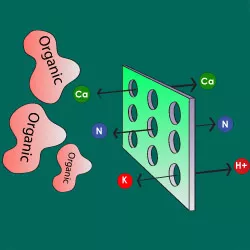
Membranes can also be selectively permeable, allowing certain size particles to pass while restricting others, see figure A-2. In typical soils and container mixes, fertilised at recommended levels, the EC of the root zone moisture, which includes nutrients (in the form of salts), is lower than the internal EC of the root cells, allowing water to move, or diffuse, across the barrier membranes. As root zone EC reaches EC levels of the plant, water movement slows and eventually halts.
Unfortunately, it does not stop here and is capable of moving the other way. This is how most ‘salt burn’ situations arise, but not all. To compensate and get the water from the seawater solution (it is a solution of water plus many and varied salts) to move into the plant, the coconut palm concentrates salts in the areas between the cell walls known as interstitial spaces. This effectively shows an increase in the internal EC while allowing the actual cells to function normally.
Additionally, the process of harvesting the fibres also increase EC levels because the coconut husks are first soaked in seawater (the most abundant water supply close to where coconuts grow), which imparts its salts into all the pores of the coconut material. When decomposition occurs, these salts are released in very high quantities, especially potassium, the most prevalent element found as an ion (salt).
Ions; usable nutrients
All usable nutrients become available to the plants internal processes as ions, or charged atoms or in functional groups such as nitrates. Ions affect each other. In fact, in the plants processes they are combined in controlled fashion. In a solution with other ions, and no controls, they still combine or associate with other ions of opposite charge. They also affect the availability of each other as similar charges. This is known as antagonism, where large quantities of one element will decrease availability of another element which is available in smaller quantities.
In this case, as the concentration of potassium increases, the availability of both calcium and magnesium decreases. It is more commonly known as locking out. When combined with the effects of pH and temperature, precipitation of these salts can occur. The effect works the other way too, when calcium increases the potassium availability decreases. Additionally, Potassium has the ability to almost move throughout a plant at will, it is mostly un-regulated; a characteristic all plants have adapted by harnessing these ions to do work as they move around.
This is all very well and good, but how does that affect the use of coconut peat and mulch with plants? As the coco decomposes, it ‘releases’ salts that increase the EC of the medium which will result in burning and imbalances in calcium and/or magnesium and potassium balances or ratios. The ‘greener’ the coco, the greater the problem. About the time this ‘release’ slows down sufficiently to be able to grow a crop in, the structure of the coco has the characteristics of muck peat and needs amendments such as perlite, sand, pebbles or other large particles added to give the growing medium air. Also, the state of decomposition is at its highest, so what is left will not last long, and it is even in danger of being washed out of the container. We know that if we can control the level of salts AND the ratio of these salts at an earlier stage, we would have the advantage of a good physical structure and a proper nutrient balance.
The benefits of coconut peat
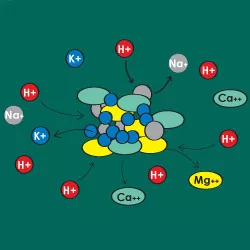
Coconut peat has some wonderful physical properties that greatly benefit plant growth. To begin with, it is renewable, so in using it you’re not plundering natures resources. It makes use of the final product left over from cultivating and harvesting the much prized nut. At the right point in decomposition, the coco peat can be used as a stand-alone medium with no need to add perlite or other persistent amendments.
The coco peat itself is fairly pH stable and buffers the pH well, in a very acceptable range for plant growth. While peat particles are fairly solid and big early on, once they are treated and decomposed to a certain point, they are like sponges with micro-pores that hold water, away from the plant root but available to replenish the larger pores the plant root can access. This effectively limits excess water while holding water in a reserve status. These particles do not retain ions, only what may fill and dry on the particles themselves, so as long as the medium is moist, nutrients are available.
At the proper point of decomposition, the particles form the perfect combination of air-to-water spaces, because of the different fractions now present, which can actually mean more air space to water space with the micro-pores holding a reserve of water, giving a nice water buffer to the grower. There is no oil on its surface, unlike peat moss, so wetting the particle is never an issue. The key in all this is to decompose the particle to the perfect point to achieve this. The problem is still that the rate of salt given off remains high at this perfect point.
Well balanced growing
Controlling the decomposition process, adding the correct nutrient buffer to adjust the ratio, feeding the plants the correct ratio of nutrients to offset the coco ‘release’ will produce the perfect growing conditions. When the medium is not taken into account, the results can be disastrous. Even when fed correctly, and the correct ‘buffer’ of nutrient ratio sets up, just ONE watering with plain water will wreak the buffer sending the plant and medium into shock, rapidly escalating the potassium level.
Consequently, plants that do not have enough of some ions such as calcium (there are several) from under feeding or washing out, will show deficiency in these and other elements while the potassium builds up in the plant tissue ultimately to express as margin burning on the leaf surface, mostly at the tip. The first thing the inexperienced grower assumes is that they are feeding too high and have salt issues so they back up the feed concentration and leach the medium. This, of course, magnifies the problem and it gets worse. The key to proper coco growing is to use the right feed to balance the products the coco gives off, not just the availability of minerals, but their ratios too, see figure B. It is equally important to water correctly.
Coco peat and moisture
Coco peat holds about 33% more moisture then similar grades of peat based mediums. If it is in good structure, but, because a great amount of this is tucked away in the micro-pores, the medium can look dry but still be sufficiently moist, see figures C-1, C-2 and C-3. The same rules apply here as you would apply to soil or soilless mix: water when the container looses 50% of the maximum water it will hold against gravity, immediately after drainage of a newly watered container. This is done correctly this is done by weight and yes it does change with time, root mass, humidity, temperature and growers temperament! The thumb on the scale syndrome.
By closely controlling the decomposition and particle size, there is no need to use anything such as perlite to increase drainage, which has the added advantage of removing the disposal concern. Even more air space can be achieved by increasing the fraction of coco fibres and husks. This results in a totally renewable and biodegradable medium that resists compaction.

Fig C2 : The Feel Test: feels cool and damp.
Fig C3 : The Feel Test: not yet ready for water.
Coco and pH
Finally, the pH of the medium, when buffered and controlled, remains constant pretty much throughout its useful life. The medium sets its pH at between 5.5 and 6.2, a perfect range, and will hold it there. Unlike peat based products that try to go back to a pH of 4.5 or less within 3 months of being planted.
By using the correct age of coco, with the right porosity, coco potting medium should be able to work through almost a year’s worth of cropping before needing to be changed. The pH stays correct and only the structure changes limiting its useful lifespan. Coco peat holds about 33% more moisture then similar grades of peat based mediums. It can look dry but still be plenty wet.
So, we see that by controlling the ageing process, using the correct ratio of nutrients, using the correct composition of nutrients, and pre-buffering the coco peat, growers can anticipate getting the perfect growing medium, correctly balanced, correctly composed, with good porosity, a water buffer, and a lot less headaches then peat based soilless mix products. That is great for a start, but to complete a crop, it is critical that the correct nutrients be used as well. Consider the coco as needing to be ‘fed’ along with the plants. Once the medium establishes a buffer, which it will do based on the nutrients it detects as right or wrong; the grower can wipe this out by applying plain water to the medium. The medium hangs on to nothing and will readily flush away its nutrients; then the plant will suffer until the buffer is restored.
Always use fertiliser when you water coco that a plant is actively growing in, at least at about EC=0.6 mS/cm3. This will hold the balance or ratio of the nutrients to each other and ensure that the plant gets exactly what it needs.
Coco is an ideal medium
Plants thrive in coco when everything is right, see figures D-1 and D-2. There is one company that provides all the right components, CANNA. CANNA, always researching new pioneering ideas in the horticultural world, began exploring the coconut option when the peat was just giant piles of debris left over from the production of fibres. This debris was deposited around the landscape of producing countries in giant, rotting piles. Each year sees these piles grow higher. Initially these were the sources of coco peat for CANNA, but before bringing the product to market, they recognised the need for higher controls in order to receive the coveted Dutch RHP standard. They began controlling the product from harvest, through treatment, and into giant concrete bunkers to age to the exact level needed, then buffered, packaged and delivered to the market.
All this is done without steam sterilising, which resulted in other beneficial consequences. By avoiding the steam sterilization to ensure RHP acceptance, CANNA also avoids chemical changes in the medium, nitrate conversions to nitrite forms, which are toxic to most life forms. The structure remains intact, the potassium release remains a known variable, and the product is still delivered free from weeds, insects, disease and other soil borne problems.
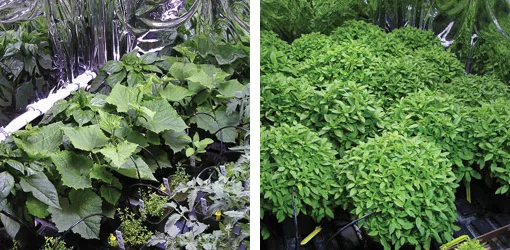
Fig D2 : Spicy Globe Basil crop in CANNA Buffered Coco using CANNA Coco A/B nutrients.
One stop shop
Like all its product lines, CANNA believes in the complete package concept. Avoiding errors is essential. The coco growing ‘system’, medium and nutrient line up, were engineered through years of in-house research and countless field tests to provide the correct growing solution, the exact composition and concentration of all the things required for using coco as a growing medium, see figure E. CANNA COCO nutrients and COGr are designed to work with the exact properties of CANNA Buffered COCO and COGr board. There is no better or easier way to begin and continue the Coco Growing Experience.
For even more info on CANNA COCO, get the COCO leaflet or COCO InfoPaper at your favourite gardening store, download them from this website or check out the Grow Guide! Plenty ways to get your info!
